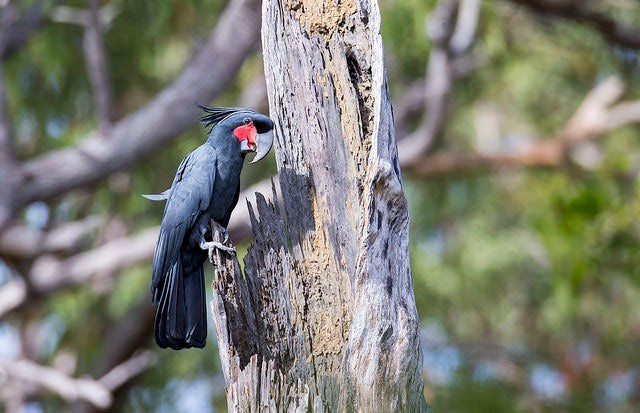Offer
Provide additional details about the offer you're running.
Provide additional details about the offer you're running.
Provide additional details about the offer you're running.

Image: Jim Bendon Flickr
Music, a core human experience and an activity produced by humans dating way back to prehistoric human cultures. The act of creating musical rhythmic beats with the help of percussive musical instruments such as wooden tools and drums has been a part of human nature for the tenure of our existence.
Evolving over time, there is so much human-created music around the world that we are now able to classify the many different styles and sounds into unique genres marked by musical instrument choice and historical time frames.
In the natural world, however, the same type of musical creation has never been fully documented or actively studied. While there are a number of species residing in the animal kingdom that have been observed to utilize objects for banging and drumming on other associated objects to create sound, none of which have the nuanced, rhythmic notes that constitute instrumental music.
That is until a recent study was published in Science Advances this week. Following the uniquely bizarre behaviours of the Australian Palm Cockatoo, researchers uncovered that the drumming employed by these birds shares the key characteristics of human-produced instrumental music.
The study, published by Robert Heinsohn, who works as a conservation biologist at Australia National University, first witnessed the behaviour in palm cockatoos in 1997 and has since spent the following two decades trying to decipher their actions as true musical production.
“The cockatoo was clutching what looked like a stick and banging it on the trunk, and every so often he would pause, erect his amazing crest, and let out either a piping whistle or a harsh screech,” Heinsohn told National Geographic.
The study spanned 18 wild male palm cockatoos in northern Australia and did confirm that much like humans, these birds created consistent drumming that created a regular pulse much the same as is found in human music. Using either a customized stick or seapod to strike hollow tree limbs repeatedly in a rhythmic fashion, their musical performance was deemed to be part of the bird’s breeding ritual.
In addition to the striking plumage many male bird species sports during the spring and summer months to attract mates, the palm cockatoo takes it to a whole other level. In addition to creating completely individual tunes, the fact that these birds manufacture their instruments is something not often found in the animal kingdom. When this type of behaviour is documented among other wildlife, it is almost always associated with foraging for food.
Darwin was of the belief that a regular beat has very primeval appeal across a variety of species and the research performed by Heinsohn and his team might just prove the theory that musical beats had previous origins other than group-based music and dance.
High Quality Blend